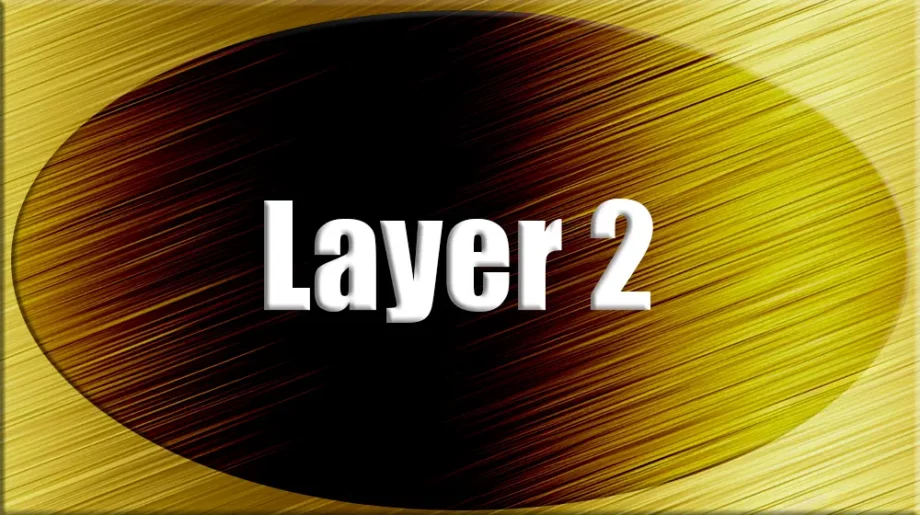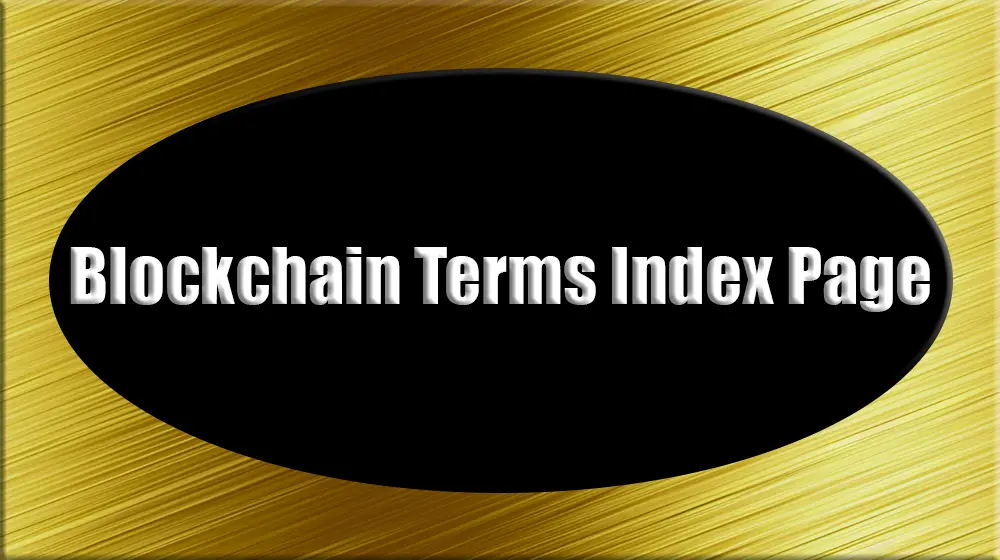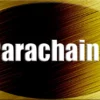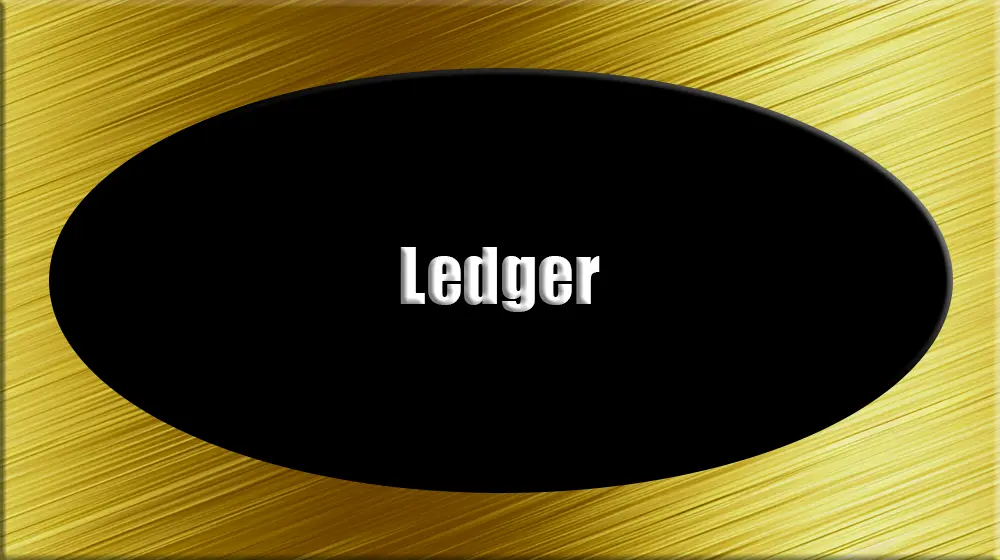A Layer 2 blockchain refers to a secondary framework or protocol built on top of a Layer 1 blockchain to enhance its scalability, speed, and efficiency. Layer 2 solutions aim to address the limitations of Layer 1 blockchains, such as high transaction fees and slow processing times, without altering the base layer.
Key characteristics of Layer 2 blockchains include:
- Scalability: They significantly increase the transaction throughput of the underlying Layer 1 blockchain by offloading some of the work to secondary networks. Scalability in the context of Layer 2 solutions refers to the enhancement of a blockchain’s ability to process a higher number of transactions per second. Layer 2s achieve this by handling transactions off the main chain, reducing congestion and improving overall network performance. Examples include the Lightning Network for Bitcoin and Optimistic Rollups for Ethereum.
- Reduced Costs: By handling transactions off-chain and reducing the load on the main chain, Layer 2 solutions can lower transaction fees. Layer 2 solutions reduce transaction costs by offloading transaction processing from the main blockchain to secondary layers. This minimizes the fees associated with transactions, making blockchain interactions more economical for users. Examples include lower gas fees on Ethereum due to Layer 2 solutions like zk-Rollups and Optimistic Rollups.
- Interoperability: Layer 2 solutions often facilitate interoperability between different blockchains, enabling smoother and more efficient cross-chain transactions. Interoperability in Layer 2 solutions involves the ability to integrate and interact seamlessly with the main blockchain and other Layer 2 networks. This allows for smooth data transfer and asset exchange, enhancing the functionality and utility of the blockchain ecosystem. Examples include cross-chain bridges and the ability of Layer 2s like Polygon to interface with Ethereum and other blockchains.
Examples of Layer 2 blockchains and solutions include:
- Lightning Network (Bitcoin): A Layer 2 protocol for Bitcoin that enables faster and cheaper transactions by creating off-chain payment channels. It allows users to conduct multiple transactions without directly interacting with the Bitcoin blockchain until the channels are closed.
- Optimistic Rollups (Ethereum): These are smart contract-based Layer 2 solutions that bundle multiple transactions into a single batch, which is then submitted to the Ethereum main chain. They use fraud proofs to ensure the validity of transactions, improving scalability and reducing costs.
- ZK-Rollups (Ethereum): Similar to optimistic rollups, ZK-rollups bundle transactions but use zero-knowledge proofs to verify their correctness. This method enhances security and efficiency while reducing the data load on the Ethereum blockchain.
- Plasma Chains (Ethereum): A framework for creating child chains that run alongside the Ethereum main chain. These child chains can process transactions independently and periodically report back to the main chain, enhancing scalability.
- Polygon (formerly Matic Network): A Layer 2 scaling solution for Ethereum that uses sidechains to process transactions off the main chain. Polygon provides a scalable and low-cost environment for decentralized applications (DApps).
- State Channels: A general Layer 2 solution where participants create a private channel to conduct transactions off-chain. Only the initial and final states of the channel are recorded on the main chain, greatly increasing transaction speed and reducing costs.
In summary, Layer 2 blockchains are secondary protocols built on top of Layer 1 blockchains to improve their scalability, speed, and efficiency. Examples include the Lightning Network for Bitcoin, Optimistic Rollups and ZK-Rollups for Ethereum, Plasma, Polygon, and State Channels. These solutions help alleviate congestion and high fees on the main chain, enabling faster and more cost-effective transactions while maintaining the security and decentralization of the underlying blockchain.




